Crossing the Midline - Fun Home Exercises to Help Your Baby
Disclaimer: please note that we are using a doll - and this is perfectly imperfect. This video does not replace the benefit of seeking help from a paediatric health practitioner. This video is also general and not prescribed for your unique needs. Unless you are a client of ours and we have prescribed it! Please reach out to your healthcare provider if you have any queries or concerns. ---
Crossing the midline exercises, which often involve movements where an arm reaches across the body to the opposite side or where the opposite arm and leg are engaged together (like in crawling or some baby movements), provide several benefits, particularly in the context of motor development and coordination. Here are some key benefits:
Improved Coordination: These exercises help develop bilateral coordination, which is the ability to use both sides of the body together. This is crucial for many daily tasks and sports activities.
Enhancement of Brain Connectivity: Crossing the midline stimulates the brain's hemispheres and encourages communication between the left and right sides of the brain. This can enhance cognitive function, including problem-solving and spatial awareness.
Increased Body Awareness: Engaging in crossing the midline movements helps individuals become more aware of their body parts and spatial orientation, which is essential for overall motor skills.
Development of Fine and Gross Motor Skills: These exercises contribute to the development of both fine and gross motor skills, involving larger muscle movements (like crawling or walking) and more precise movements (like grasping).
Boosted Motor Planning: The practice can help develop motor planning, which is the ability to conceive, plan, and carry out coordinated movements. This is important for functional tasks such as writing, playing sports, and other physical activities.
Support for Cognitive Development: Engaging in activities that require crossing the midline can promote cognitive skills, such as attention and focus, as individuals must mentally process and coordinate their movements.
Encouragement of Playfulness: These exercises often involve playful movements that can make physical activity more enjoyable for children, promoting a positive attitude towards movement and exercise.
HOW?
Using opposite hand and foot — stretch their limbs out and then bring them to the centre of their body touching right hand with left foot… repeat..
And swap sides!
Have fun with it!
Want to learn more about intentional play for you baby? A few really simple things you can do at home to help their neurodevelopment!
Book your baby an Initial Consultation with us HERE

